| Subtotal | $0.00 |
| Subtotal | $0.00 |

Widgets are small movable blocks of code that can be placed on any page of your WordPress site to add content and extra features to engage site visitors. Widgets are one of the best features of WordPress since they are one of the easiest ways to add functional elements to your site without any code experience or expertise.
This post covers the role of a widget in WordPress, how it differs from a plugin and the types of widgets you need to help your site look and work better. Being aware of Widgets is necessary as they play an important role in designing your website’s layout and displaying content other than the main article. Following this tutorial, you will have the gained the skill toadd and use widgets on any WordPress-based website.
Widgets are a must for any WordPress user since they give you an easy way to control the design and structure of your site while providing a straightforward way to add things to your footer or sidebar. They enable users of any level to add advanced features to their pages without having to customize them individually. These widgets are all compatible with EasyWP, our hosting service optimized for WordPress.
You can easily manage your widgets’ locations, and add them to the sidebars and footers permitted in your WordPress theme in any order you want. Widget-ready WordPress Themes include the header, footer, and elsewhere in the WordPress design and structure. You may install extra widgets to plugins and themes, and there are many different types available.
There is often some confusion among WordPress beginners about the difference between Widgets vs. Plugins vs. Blocks. They have similarities: all are used to customize your website, and all are installed using the WordPress Dashboard.
Gutenberg Blocks were introduced with the arrival of WordPress 5.0. Gutenberg blocks allow you to insert content into pages and posts, then edit them individually as needed. Plugins are pieces of software you can use on your WordPress site. Use them to add a functionality to a website that's not featured in the standard installation of WordPress. Plugins come bundled with widgets and can be found in the WordPress Plugin Directory. Widgets simply provide a way to arrange your sidebar content without having to alter your website code.
Widgets simply provide a way to arrange your content without having to alter your website code.
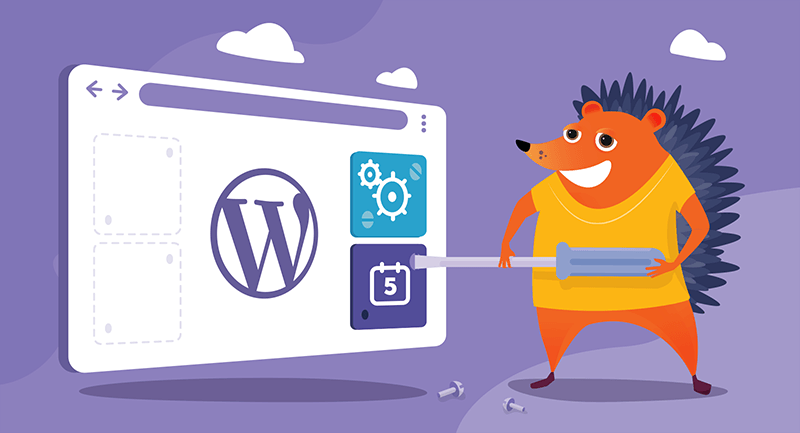
The beauty of widgets lies in the simplicity of the widget user interface. A widget can be added anywhere on your page by simply dragging and dropping them in the order you want.
By default, WordPress comes with many useful widgets. To review them log in to your admin area and navigate to Appearance > Widgets. This page contains Available Widgets on the left side.
To begin using widgets, the first thing you need to do is activate a widget on your website; we recommend understanding the sections on the Widgets page beforehand, displayed as follows:
Familiarize yourself with the widget areas in your theme and optimize your widgets sidebars to better suit your site's needs. You can make custom sidebar configurations using plugins. Custom Sidebars, for instance, is a flexible widget area manager which manages and replaces sidebars and other widget areas on your site. It lets you dynamically display custom widget configurations on any page or post. There is plenty of room for customization, you may even create a floating sidebar widget with this tutorial.
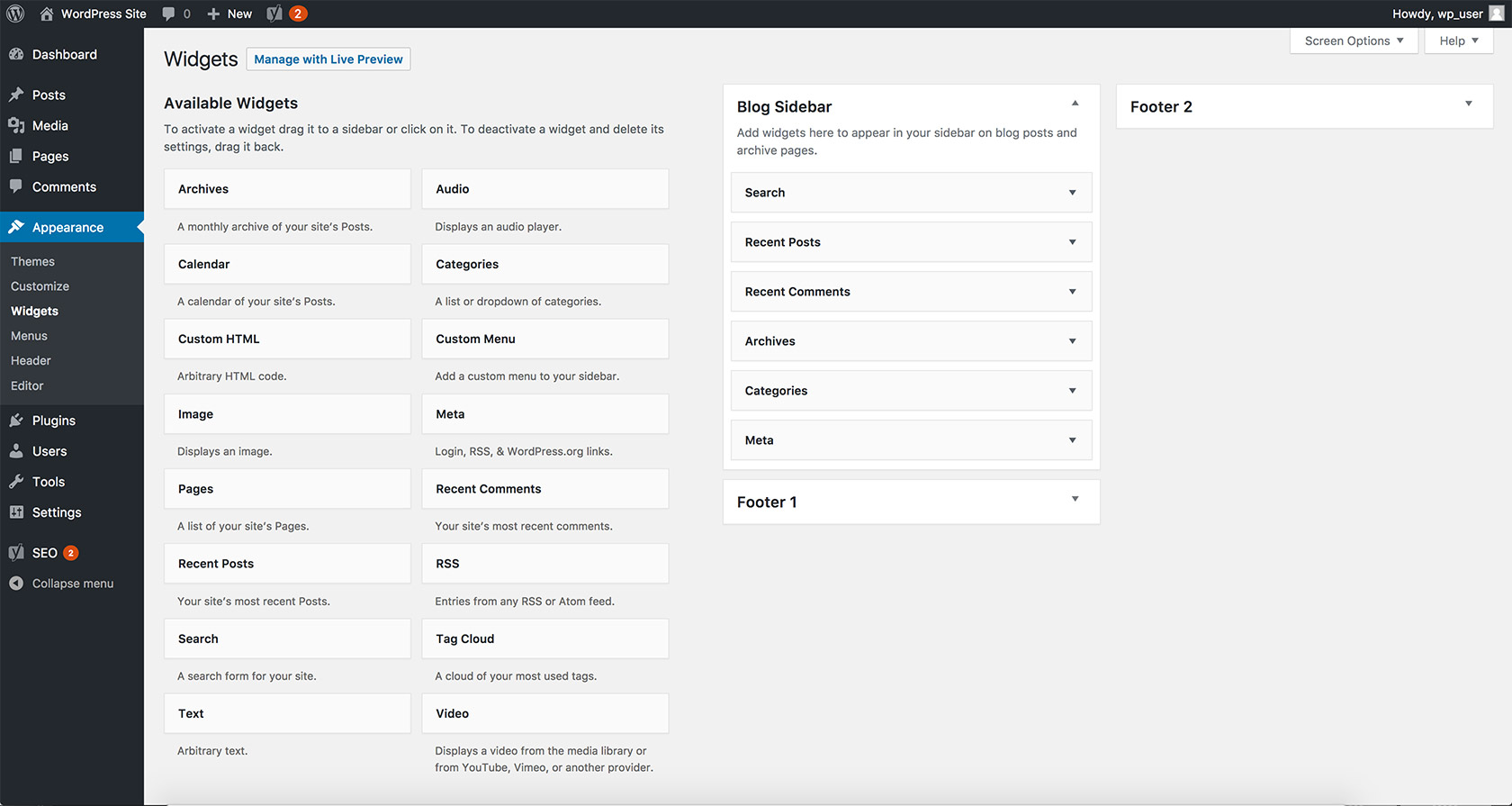
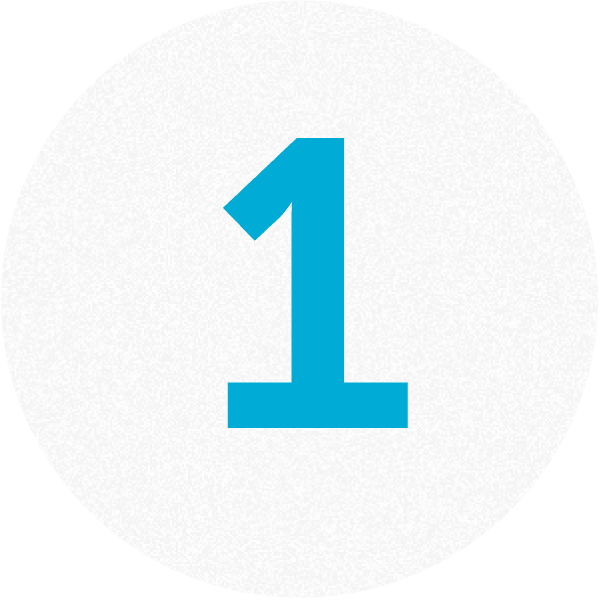
You can install new widgets by searching the WordPress Plugin Directory. First, make sure a plugin is not old or broken. If it’s not listed in the WordPress Plugin Directory, make sure it’s from a credible source. Check the rating and when it was last updated, ensuring it was at least six months ago.
To install the plugin, head to WordPress Administration > Plugins > Add new Plugin screen. Select a plugin, click Add New, then activate. Now your plugin is installed and you can add it.
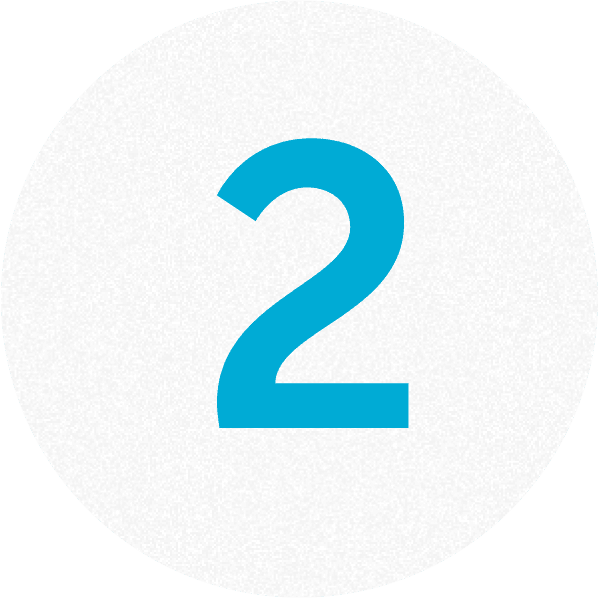
Before you can add a Widget, you need to make sure the theme you’re using supports widgets. Most are widget ready, with multiple designated widget areas. However, they aren’t required to support adding them, so If you do not see any widget-ready areas (side bars) you cannot add a widget to your theme.
Select a widget in Appearances > Widgets, drag it to your sidebar area and dropping it into a footer or sidebar in the Available Widgets area. The widget will automatically save. Now that you’ve added a Widget, WordPress will automatically update your theme.
You can also add widgets using the customizer page with live preview. From your dash, click Appearance then Customize; you can add widgets to sidebars from here. It’s worth noting that not all of your widget-ready areas and sidebars will appear in the customizer. The preferred method is using the Appearance > Widgets screen to add widgets in WordPress.
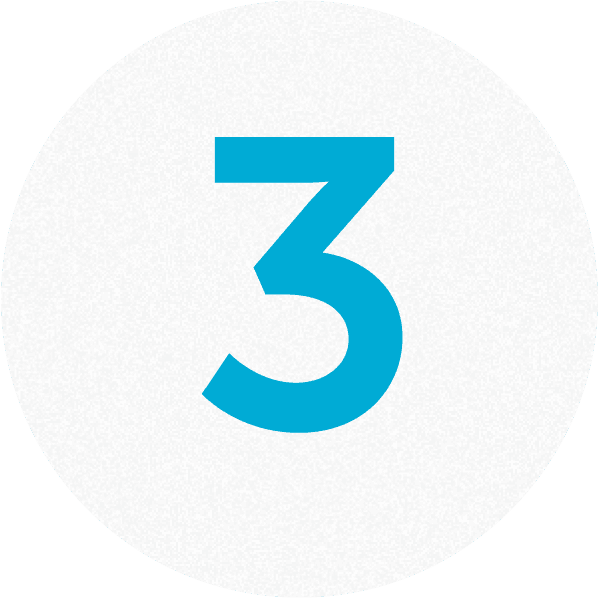
You need to add settings and content to configure and display a widget properly. To customize the widgets feature, click the arrow in the upper right corner of the widget to expand its interface. Fill in some details and click Save. Now preview your site to see the content displayed in the widget.
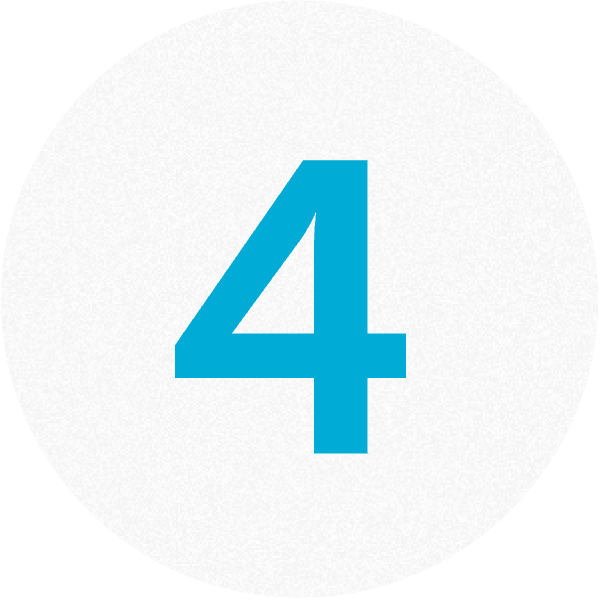
It is possible to create custom widgets, but for beginners we recommend avoiding code and utilizing WordPress plugins. These help customize your theme and add functionality to your pages. On the other hand, If you feel comfortable with coding then you can alter your theme to suit your needs. You can always look at the sample theme for the framework as a starting point, or you can analyze the code in your child theme.
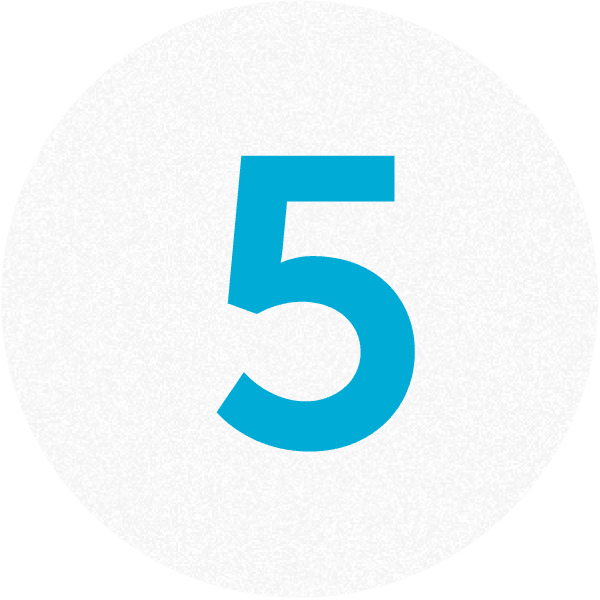
When you no longer need a widget, you can remove it. To delete a widget log into the Wordpress Dashboard and navigate to Appearance > Widgets on the left side of the WordPress dashboard. To remove the Widget, click Delete. If you think the widget might be useful for future use, save its settings by dragging it into the Inactive Widgets area. Saving a widget in this area is helpful when you change themes, since there can be some variations in their setup. Having them saved here will make your transition smoother.
Now that you can manage the widgets on your website, let’s move on to the types of widgets your site will benefit from.
Launch your website in minutes
Start growing your business online with the flexibility of WordPress and simplicity of EasyWP.
Once you understand what widgets are, you will likely need more of them for your site. As we mentioned earlier, WordPress doesn’t come preloaded with many choices of widgets. The good news is there are plenty of free and premium WordPress widgets using plugins. The options may be overwhelming to newbies. For this reason, we’ve compiled a list of core widgets useful for all WordPress sites.
WordPress comes with a pages widget which adequately displays your pages in your sidebar, making it easier for your readers to navigate around. Alternatively, the WP Page Widget widget is highly customizable. With WP Page you can choose the widgets you want to show. You can include or exclude pages and posts or custom posts types.
WordPress comes with a basic categories widget that shows all recent posts from a selected category. For expanded functions, we recommend the Category posts widget. It displays categories elegantly, it’s free and is reassuringly popular among WordPress users. The premium version features eye-catching extra from vertical and horizontal sliders, Categories, Custom Post Types, Taxonomies, Events, Products, responsive grid layouts and more.
The pre-installed WordPress Calendar Widget is a straight forward calendar which displays links to your posts by date. It is quite basic. For example, you can’t create or display calendar events or anything similar. There are many calendars with more functionalities such as Simple Calendar, the Google Calendar widget, and plugins which display more complex booking and ticketing systems, such as Booking Calendar.
Social media widgets let your visitors connect with you through your preferred networks, including Twitter, Facebook, and Google. Use the Social Icons Plus widget to display buttons linked to your social media accounts in any widget area of your theme.

RSS widgets provide an ideal way of integrating outside content into your site. The WP RSS Aggregator Widget allows you to integrate an external feed for recently published content from any source into a Widget area of your site. Add from any RSS feed, such as your Twitter account, Facebook posts, Google+ posts, or other blogs. This functionality is particularly useful if you want to bring attention to these sources in your sidebar. This Widget can display the post title, limited characters of a Tweet, or a link to the original source.
The footer area is a key component of a site generally not considered important. On the contrary, a good footer area incorporates helpful data about the site. You might include T&Cs, delivery charges, sitemap, contact details and even promotional banners, adding valuable data to connect with your visitors. Footer widgets are used to tweak the presence of a site or to execute extra usefulness in it. Utilizing footer gadgets, such as Add Inserter Plugin, spares you time to execute extra components.
Now that we’ve covered the basics, you might want to enhance your site further. What’s best for your website depends on your needs and requirements. No matter what your website niche is, there is most likely a widget to support you. Our “best of” list covers a broad spectrum of plugins. The one thing they all have in common is usefulness and simplicity, and should improve your site with all the UX design and aesthetics needed in a modern website.
Sidebars are equally important on WordPress blogs. You can benefit from particular widgets aimed at enhancing your UI, SEO, and conversions.
Launch your website in minutes
Start growing your business online with the flexibility of WordPress and simplicity of EasyWP.
Need help? We're always here for you.